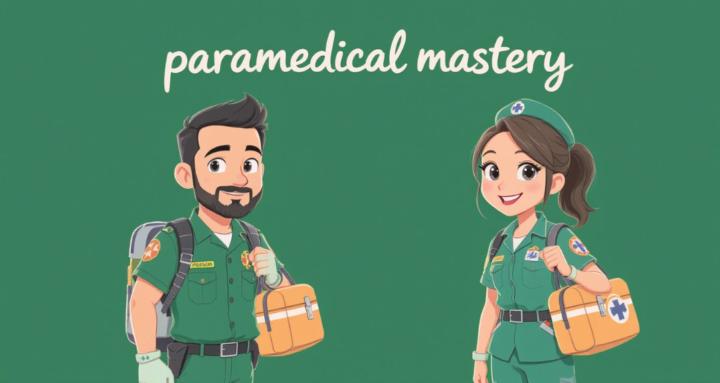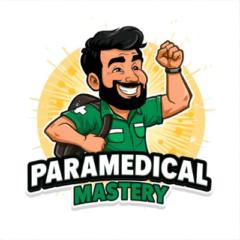
Write something
Female with POTS in a walk in centre
Here is an example I have from my recent practice in a walk in Centre. I want you to think what would you do for this patient in your own area of practice. What would you consider? Would you treat this patient? What testing would you want to do for this patient? This is the history I had taken I will give basic observations • Patient: Sore throat. Getting worse. Four day history. Having to sit up as she is coughing due to feeling short of breath. Currently does not feel short of breath. Currently talking in full sentences without gasping for breath. Short of breath on exertion. Headache not worse on lying, coughing or sneezing, does not wake up because of a headache, gradual onset, no aura, no blurred or disturbed vision, no photophobia. Fever. Coughing up phlegm Occasionally green. No blood. No weight loss. No night sweats. No dysphagia, No dysarthria, No dysphasia, No unilateral weakness, No incontinence, No facial palsy. Bowel and urine normal. Denies chest or upper back pain. Slight lightheadedness. No recent travel. No immobilisation to note. GCS 15 Alert. Normal pallor. Not pregnant has had testing 3 weeks ago and has copper coil inserted. Patient states 120 pulse is normal for her. No limb swelling to note. Lives with family. Vapes 5-6 times a day. Very rarely drinks alcohol. Has a history of POTS, Hypotension, Low Mood. Takes Sertraline and Fludrocortisone. • Vital Signs and Examination: o Blood Pressure: 131/94 mmHg standing, 127/90 mmHg sitting. o Heart Rate: 120 bpm (reported as normal for the patient). o Respiratory Rate: 19 breaths/min. o SpO2: 99%. o Temperature: 36.9°C. What do we do next from here?
The Power of Case-Based Discussions: Learning Through Real Experience
Case-based discussions (CBDs) are one of the most effective ways to bridge the gap between theory and real-world practice. By exploring real or simulated cases together, we move beyond textbook knowledge to understand how decisions are made, what challenges arise, and how different approaches can lead to different outcomes. Why they’re important: 🧠 Deeper understanding: Discussing actual cases helps solidify knowledge and reveal nuances that standard teaching might miss. 🤝 Collaborative learning: They encourage sharing perspectives and learning from each other’s reasoning. 🔍 Reflective practice: Reflecting on cases helps us recognize what went well, what could be improved, and how to apply those lessons next time. 📈 Better decision-making: Working through complex, real-world scenarios builds confidence and clinical (or professional) judgment. If you’ve been part of a valuable case-based discussion, what made it impactful for you? Share an example or insight below — it could inspire how others approach their next case discussion.
3
0
1-2 of 2

skool.com/paramedical-mastery
A group committed to supporting your growth not only as a paramedic or clinician, but as a well-rounded student and healthcare professional.
Powered by

